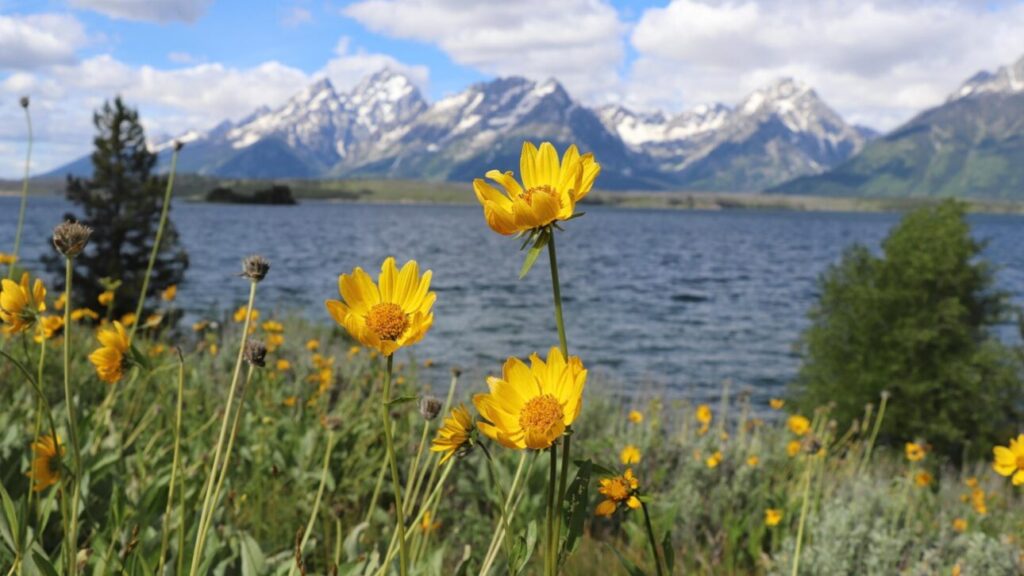With a family full of scientists and a love for animals and the outdoors, Renee Seidler’s passion for wildlife and wildlife biology has been budding since a young age. Though she had a winding path, after getting her bachelor’s degree in microbiology and molecular biology and doing some river guiding in Jackson, Renee decided to go back to school in Bozeman to study wildlife biology. Then her path led her to become the Executive Director at the Jackson Hole Wildlife Foundation (JHWF).
Most of her career so far has been working in wildlife research and now for the last four years, she’s been working on the management of wildlife and human conflicts. In her research days, Renee spent a lot of time on cross country skis, whether she was studying wolverines, moose, or cougars.
Winter: A Cool time in the backcountry
“Wintertime is a really cool time to be outside in the backcountry, depending on where you go, it’s so peaceful and quiet,” Renee said. “And winter’s such a great time to look for wildlife signs. Once you get into tracking, that can be just as exciting as actually seeing the animal itself. Fresh snow, especially with the right textures, is an incredible way to pick up a set of tracks and then go backtrack or forward track from there and follow this motivation to try and figure out what the animal is doing.”
Renee joined the JHWF this past April as their executive director. With Renee and two other staff, they have three main programs: the Wildlife-Friendlier Fences program, a citizen science program called Nature Mapping Jackson Hole, and a road ecology program called Give Wildlife a Break. They also have a bear wise program in which they work with other agencies and organizations to try to reduce human-bear conflict in Jackson. Since bears hibernate in the winter, this program is not particularly active in the winter.
Consider making your fence Wildlife Friendly
The Wildlife-Friendly Fence program focuses on planning in the winter, while in the summer, a cadre of volunteers go out and remove barbed wire fences from modified fences so that they are more friendly for wildlife passage. In particular, this works allows ungulates to move across landscapes more freely without having to expend energy getting across fences or risking injury from entanglement in a fence.
The Citizen Science program runs more consistently throughout the year and informs multiple projects with its data collection. Trained volunteers can log animal sightings–whether dead alongside the road or alive in their backyard, up in the park, or anywhere else–and any associated data in their database. Since they take data of wildlife signs as well, in the winter, people who are certified citizen scientists can go out tracking or recreating and submit pictures of tracks too. In the last 10 years that the Citizen Science program has run, over 500 volunteers have been trained.
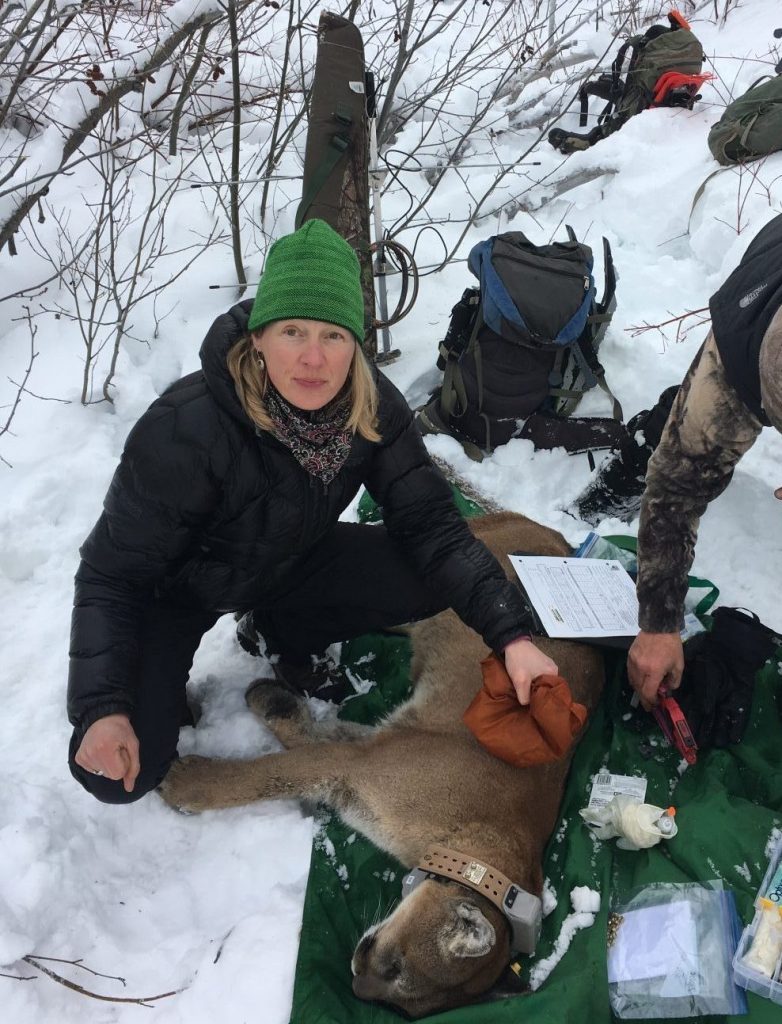
Nature Mapping in Jackson Hole while Nordic skiing
“There’s a slew of projects for nature mapping, and they go everywhere from casual observations to pretty rigorously designed science projects,” Renee said. “That information is really helpful for us to understand trends in wildlife, whether it’s migratory animals with seasonal arrival or if there’s population declines or increases or shifts in distributions in the county.” Some Nature Mappers are active cross country skiers and report what they observe when out skiing.
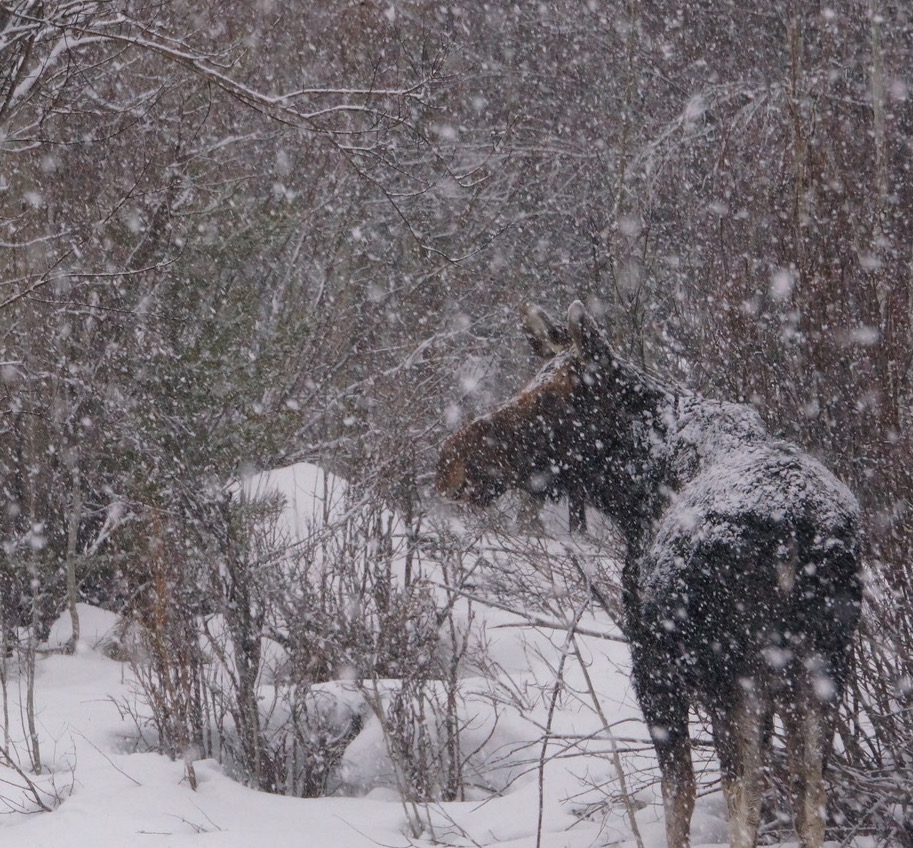
It’s also highly encouraged that people report carcasses alongside the road for data that feeds into their Give Wildlife a Break program. Every year, JHWF compiles a report with data from their citizen scientists, the Department of Transportation, and Wyoming Game and Fish to highlight where wildlife-vehicle collision hotspots are so that they can work towards solutions to reduce wildlife-vehicle collisions and hopefully, along the same theme as their fences, make the landscape more permeable for wildlife.
“Citizen science is an exploding frontier right now,” Renee said. “We as scientists are super limited in our capacity and ability both numerically in terms of how many scientists and technicians that can go out and collect data and financially to fund projects to collect data and understand the world around us. [With data recorded by citizen scientists], scientists and data analysts can make much better conclusions based on data collected more broadly spatially and temporally. It’s a huge help to scientists and decision-makers.”
Be a Citizen Scientist Volunteer
Though there are concerns about the rigor of citizen science data, the explosion of excitement around it has encouraged researchers to take the time to train citizen scientists. The JHWF also has a group of volunteer expert wildlife biologists that help on the backend of data collection by vetting each data point and identifying any outliers that need further verification from the citizen scientists.
“Training involves engaging all these people that wouldn’t normally be collecting data, so they learn more about the world around them. Most of the time [the citizen scientists] are already enthusiastic or curious, but it does cultivate a sense of stewardship and a desire to protect the resources we have here,” Renee said. “That goes a really long way not only within the individuals but also the friends and family they talk to. Sometimes they become so passionate that they start leading programs for us and become a conduit of communication into the community. Citizen science is a phenomenal way to get the business of conservation done.”
Recreate Responsibly
In terms of the relationship between conservation and recreation, Renee has seen messaging changing around getting out into the outdoors. Efforts to get people outside in hopes of creating bonds and connections to the environment have been so successful almost to a detriment. Because of the density of people getting outside, scientists are starting to see ramifications of this outdoor use in habitats, vegetation, soils, and the animals themselves.
“I don’t want to say we are loving things to death, but we are having an impact on our natural world,” Renee said. “I think that scientists and conservationists are trying to steer the mentality now from ‘hey get outside it’s good for you, you’ll experience it, you’ll feel the connection and you’ll want to protect it,’ to ‘get outside respectfully, learn as much as you can, understand what impact you can have, and keep that in mind while you’re outside in the backcountry.’”
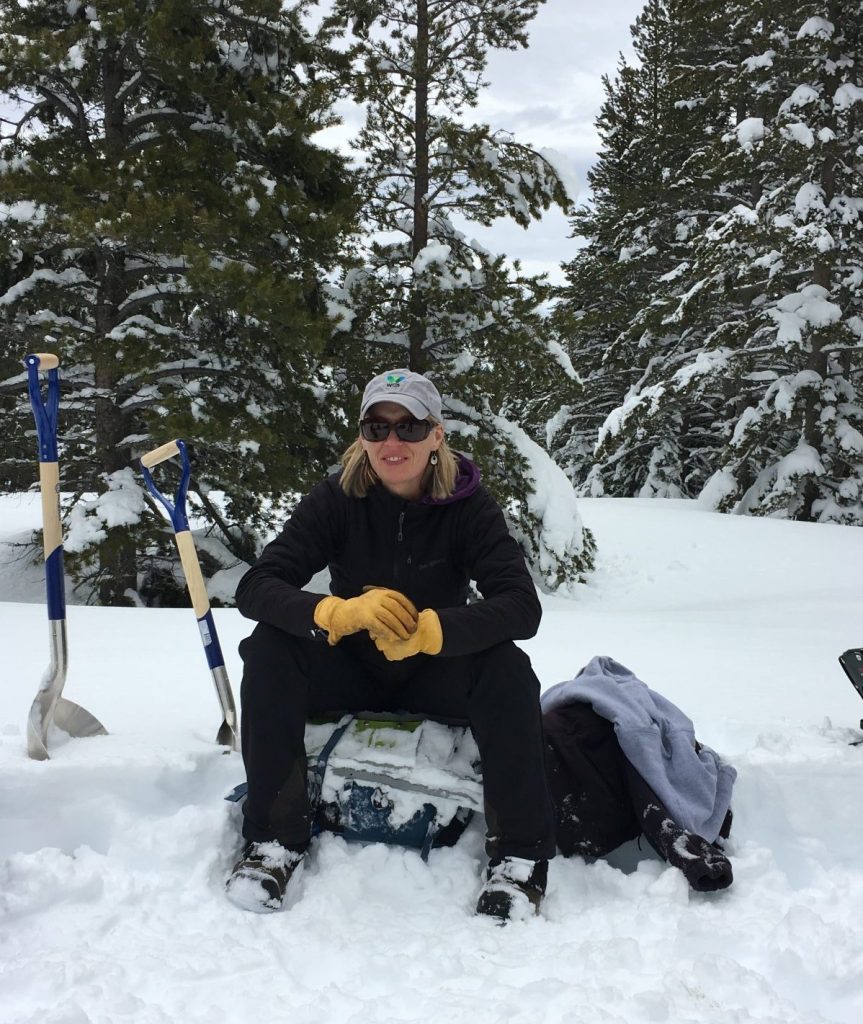
Wildlife Survival in Winter
For wildlife in the winter specifically, an apt description of their state is survival. In the “slippery slope portion of their life,” as Renee called it, these animals–namely ungulates–spend all spring and summer trying to put as much fat on their bodies as possible. When the vegetation starts dying back in the winter, the animals themselves begin dying back in some sense as well. Their fat starts decreasing and they lose body condition throughout the entire winter, making them extremely vulnerable to disturbance, especially from recreation.
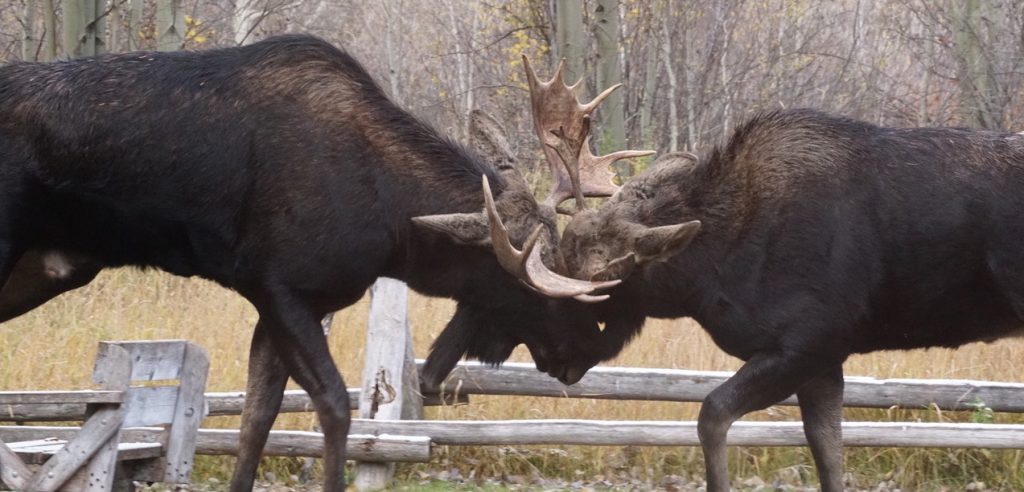
“Having the ecologist’s description of what’s really going on with animals [during the winter] could help inspire a recreationalist out on a landscape,” Renee said. “When they see a moose that, to them, looks all shiny, furry, and healthy because of its winter coat and is feeding on a willow, instead of thinking it’s just beautiful, they remember that winter is a really hard time of year for those critters and their body condition is declining every single day. It’s just a good reminder to step back, stay away, be quiet, watch from a distance, and be respectful.”
100 Yard Rule for Winter Recreation
Though the balance between outdoor recreation and wildlife conservation is tricky, Renee thinks that the 100-yard rule is an easy way to be a responsible winter recreationalist.
“I’m right there with everybody: if I see a moose when I’m on a trail or in the backcountry, I’m gonna stop and watch it, but you can do that from a distance where it’s clearly not disturbing the animal,” Renee said. “That 100-yard pledge is a great rule of thumb. I would say if possible, give them more than 100 yards.”
If you are interested in the work that the Jackson Hole Wildlife Foundation does, you can check out their website for more information and opportunities to volunteer or donate.


